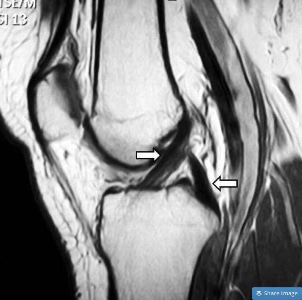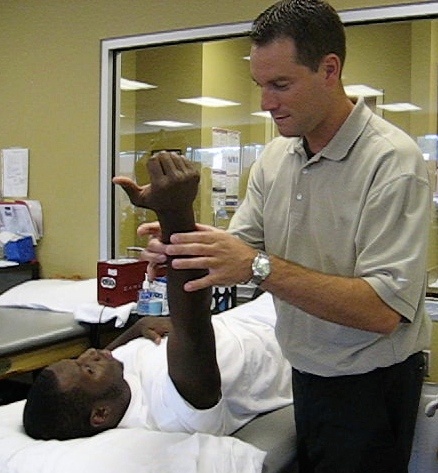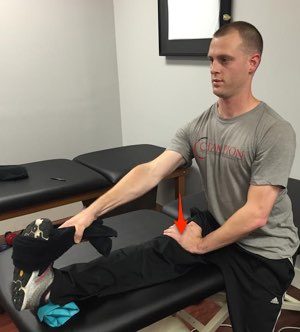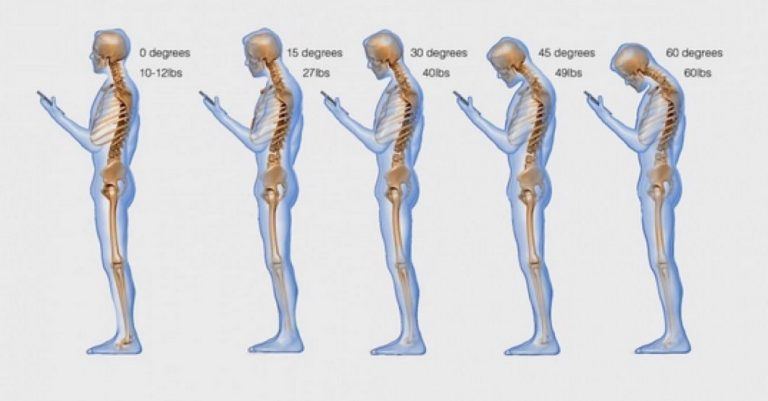PCL Injuries Can Be Successfully Treated Without Surgery

People with PCL injuries tend to have increased looseness of their knees and can develop signs of early knee arthritis. Physical therapy is commonly recommended in an attempt to restore function and minimize the development of arthritis by strengthening the muscles that control the knee.
PCL Injuries Can Be Successfully Treated Without Surgery
A recent study publish in the prestigious American Journal of Sports Medicine demonstrated that PCL injuries can be successfully treated without surgery. The authors of the report followed a group of people that had isolated PCL injuries for up to 21 years to study what happened to these people, and their knees, over time.
Long term results indicated that people with PCL injuries can remain active, have good strength and mobility, and remain satisfied in their knee without surgery.
Almost 90% of the people did not develop signs of arthritis.
In our mind, the key to these great long term results is appropriate physical therapy after the injury and remaining active over the years through fitness programs. You have to keep the knee strong.

Our focus of rehabilitation is to keep the leg strong and stable by incorporating a combination of strengthening exercises and dynamic stability exercises.
One of the most important muscles groups to focus on are your quadriceps. One of the quads many jobs is to help the PCL stabilize the knee by controlling the tibia and preventing posterior tibial translation. By keeping the quad strong, there is less force on your PCL. This same principle applies to the hip musculature as the hip tends to control the entire leg.
Biomechanics of Strain on the PCL
Equally important as focusing on the right muscle groups is avoiding exercises that may place excessive stress on your PCL. Through some of our biomechanical research, we have helped identify specific exercises that you want to avoid after an injury, such as hamstring curls, which could stress your injured posterior crucial ligament.
When you look at the below graph, you can see that strain on the PCL increases the more you flex in the knee in both open chain (like knee extension) and closed chain (like squat) exercises.
The large peak in the graphs represents a high amount of strain on the PCL. In the knee with a deficient PCL, this will produce strain and laxity to the joint, which will eventually cause excessive wear on the cartilage of the knee and patellofemoral joint.
Rehabilitating a PCL injury or participating in a fitness program with a past PCL injury isn’t simple and group cookie-cutter programs should be avoided. You need to find someone that truly understands the impact of PCL injuries on how your knee functions. This is one of the main reasons we feel that everyone’s specific physical therapy and fitness programs should be individualized.
As you can see, there are exercises and muscle groups you want to emphasize and others you want to avoid.
A posterior cruciate ligament injury doesn’t have to slow you down – great results have been reported if you follow appropriate rehabilitation guidelines after the PCL injury and then remain active and keep the leg strong to minimize your chances of early arthritis.









